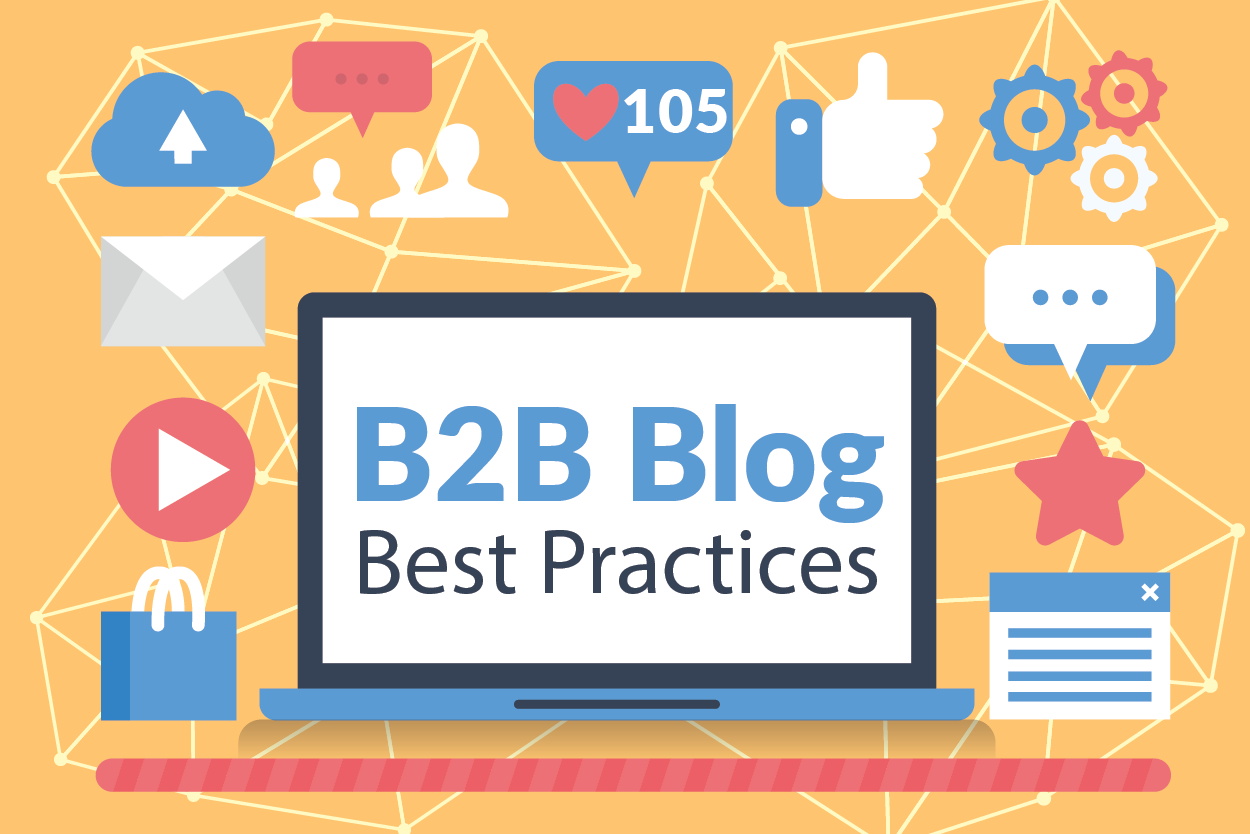Will the results of your B2B blog continue? Good chance that you are dealing with a case of ‘transparency phobia.’
No, not perspiration phobia. Transparency phobia.
It should be clear that I have just sucked the term out of my thumb since a quick Google search on ‘transparency phobia’ does not give a single hit (edit: gave).
Transparency phobia
The fear of being transparent. About what you charge for a service. To say what it says on it. And above all: to give answers to questions that your (potential) customer has now or in the future.
In one way or another, there is a kind of status quo within the B2B service that you only discuss certain matters after you have started a conversation with a potential customer. And that is quite a shame if you consider that the communication between you and your prospect begins much earlier. During his or her search for information that ensures that they can make a better decision.
The ‘big 5’: questions that every potential B2B customer has:
Sheridan shares in his keynote 5 different categories of questions that someone can have when looking for a product or service. That goes for B2C, but just as well for B2B. These ‘big 5’ questions consist of:
1. Cost (What does it cost?)
2. Problems (What problems can bring something?)
3. Versus (What are the alternatives and how do they relate to each other?)
4. Reviews (Speaks for itself)
5. Best (What is the best …)
Transparency grows towards confidence
It may well be a step and a mental shift as a B2B service provider suddenly throwing the answers to all possible questions that a potential customer has ‘out in the open.’ Because when you give insight into the costs you charge and the negative sides that can be attached to a particular service, you are playing your competitors in the card, right?
Wrong.
If you dare to be ‘shamelessly transparent’ then this will ensure that you are more familiar, simply because you say what it says and help people make the best possible decision. An additional advantage is that you ‘qualify’ leads in advance. For example, someone who does not have sufficient budget will not contact you to request a quote. The chaff is separated from the wheat in advance. And that saves you valuable time again. A transparent content strategy ensures that B2B prospects have done the most in research work beforehand. This ensures that sales processes can be completed more quickly and customers can take a well-founded decision themselves. The role of sales in this way is increasingly evolving towards a form of consultative selling, instead of a cold way of selling.
Think of a transparent content strategy
How do you deal with something like that? How do you come up with a transparent content strategy?
You could take the following steps:
1. Map all the questions that have ever been asked by leads
2. Map all questions that have ever been asked by customers
3. Do a brainstorm with your team around the ‘big 5’ and work out the result in a mind map
4. Include the best ideas in your content calendar
5. Create strong content around the thoughtful insights.
Do not forget to do a keyword search in advance. Because, of course, you want to highlight the themes that most are sought monthly. Once the finger exercise is in it, do not stop. Continue to answer questions to your website continuously. In blog form, in the form of a knowledge base or FAQ, in the form of video, infographics or audio. That way you not only help prospects to make a good decision, it also ensures a continuous increase of visitors to your website that will partly convert to leads (if you do it smartly).
Need help in formulating content strategy?
We are happy to help you. Contact us for the possibilities.
Data analytics expert. As an analyst and project manager, I have proven to be a strong leader and team player in maintaining a suitable workspace for workers and industries in the oil and gas sector.
By taking into account various factors, with the assistance of state of the art technologies and the utilization of Big Data Analytics.
This includes considering various aspects like volume, velocity, variety, veracity, value together with complexity.
With the recent advent of data recording sensors in exploration, drilling, and production operations, oil and gas industry has become a massive data intensive industry.






